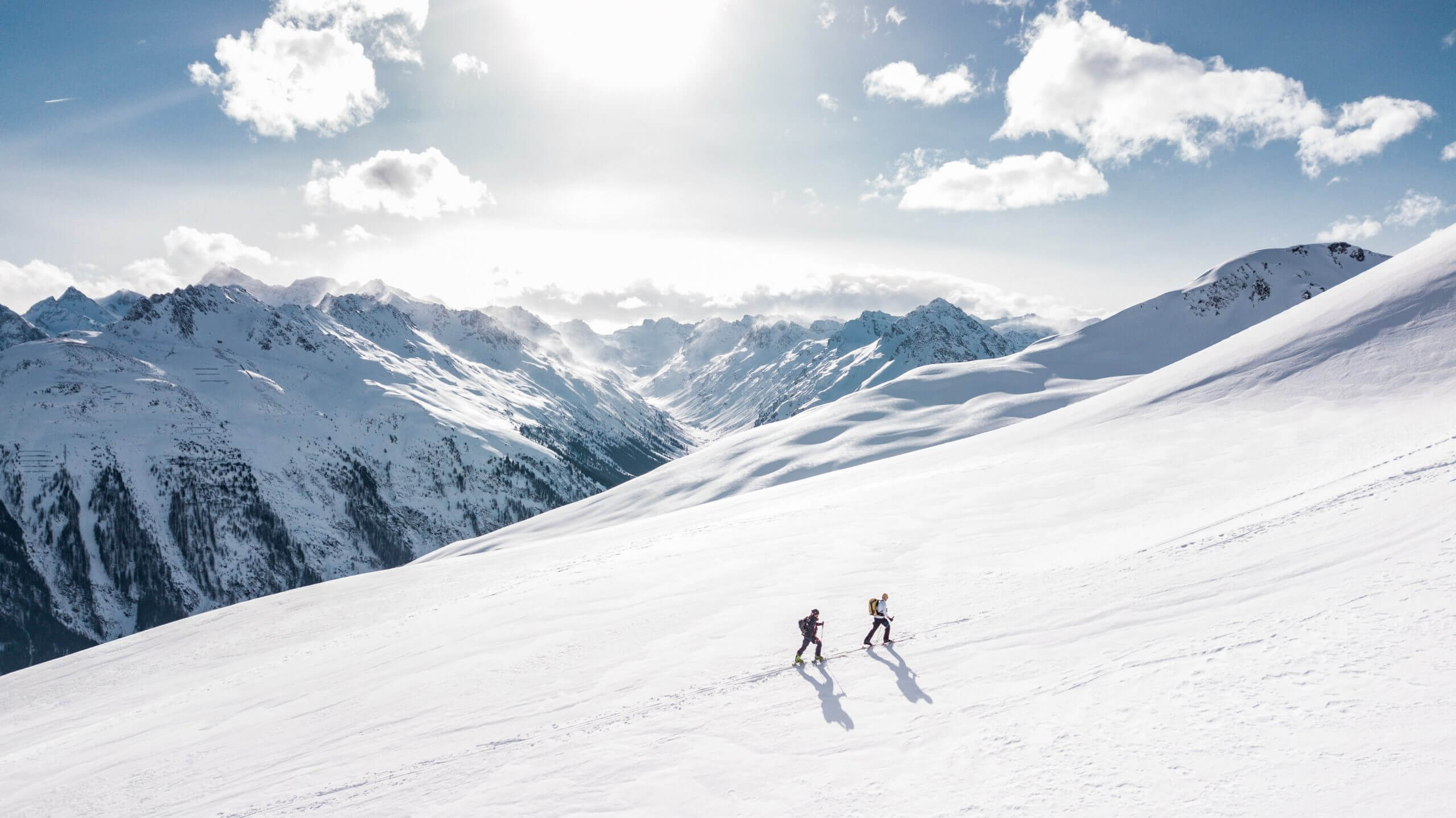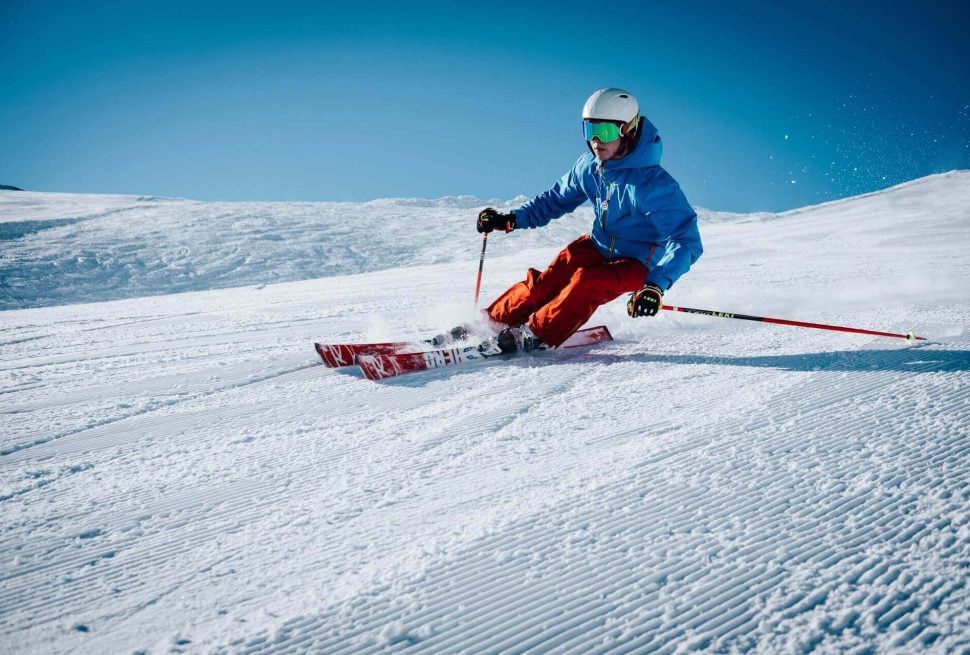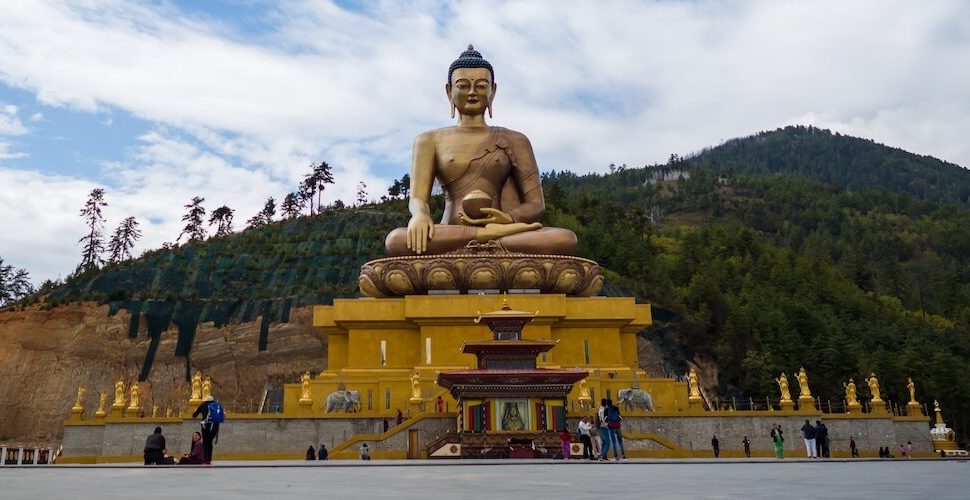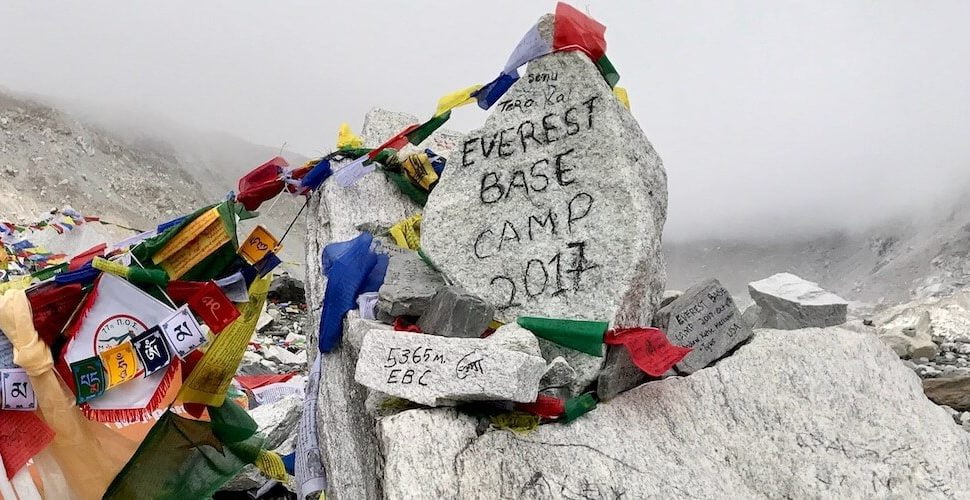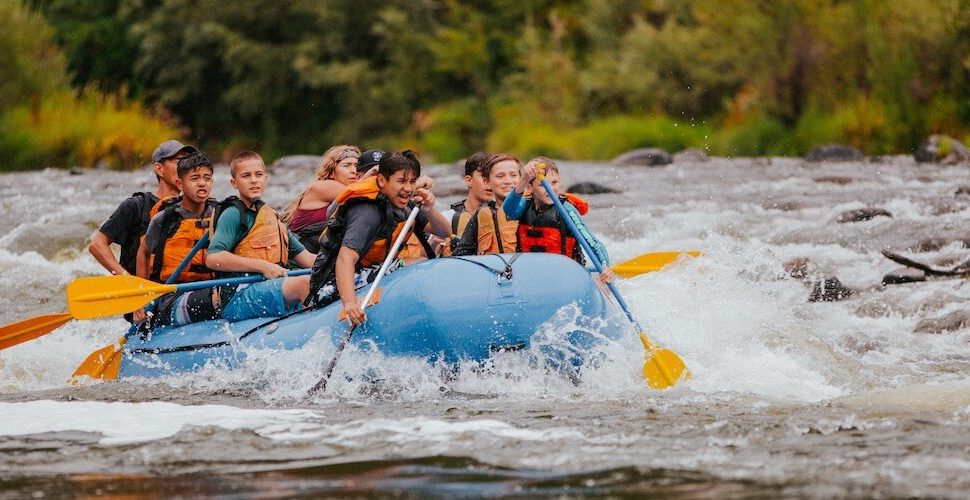If you’re an adventure seeker, Everest Base Camp Trekking in Nepal is a dream come true. This legendary trek takes you through the heart of the Himalayas, offering breathtaking views, unique cultural experiences, and a sense of accomplishment like no other. Whether you’re a seasoned trekker or a first-timer, this guide will help you plan the perfect Everest Base Camp (EBC) trek with all the essential details.
Why Choose Everest Base Camp Trekking in Nepal?
1. Experience the World’s Tallest Mountain
Standing at 8,848.86 meters (29,031 feet), Mount Everest is the highest peak on Earth. Trekking to its base camp brings you face-to-face with this towering giant.
2. Stunning Himalayan Landscapes
The trek takes you through some of the most spectacular landscapes, including glaciers, deep valleys, suspension bridges, and snow-capped peaks.
3. Rich Sherpa Culture
You’ll pass through Sherpa villages, interact with locals, and experience the warm hospitality of Nepalese people.
4. Challenging Yet Rewarding Adventure
The Everest Base Camp trek is a test of endurance and mental strength, making the final destination even more rewarding.
5. Once-in-a-Lifetime Achievement
Reaching Everest Base Camp (5,364 meters/17,598 feet) is a bucket-list adventure that few people get to experience.
Best Time for Everest Base Camp Trekking in Nepal
1. Spring (March to May) – Best Season
- Clear skies and mild temperatures.
- Blooming rhododendron forests along the trails.
- Best for photography and enjoying nature.
2. Autumn (September to November) – Second Best Season
- Stable weather with clear views.
- Moderate temperatures during the day, colder nights.
- Peak trekking season, so expect some crowding.
3. Winter (December to February) – Off-Season
- Freezing temperatures, especially at night.
- Less crowded, but some trails may be blocked by snow.
- Stunning snow-covered landscapes.
4. Monsoon (June to August) – Not Recommended
- Heavy rainfall makes trails muddy and slippery.
- Poor visibility due to fog and clouds.
- High risk of landslides.
Everest Base Camp Trek Itinerary
A standard Everest Base Camp trek takes 12–14 days to complete, depending on your acclimatization schedule. Here’s a detailed itinerary to help you plan:
Day 1: Arrival in Kathmandu (1,400m/4,593ft)
- Explore the vibrant streets of Thamel.
- Get trekking permits and last-minute gear.
Day 2: Fly to Lukla (2,860m/9,383ft) & Trek to Phakding (2,610m/8,563ft)
- Flight Time: 30–40 minutes (scenic yet thrilling).
- Trek Time: 3–4 hours.
- Pass through charming villages and cross suspension bridges.
Day 3: Trek to Namche Bazaar (3,440m/11,286ft)
- Trek Time: 6–7 hours.
- The gateway to Everest, Namche Bazaar is a bustling Sherpa town with markets, cafes, and trekking shops.
Day 4: Acclimatization Day at Namche Bazaar
- Hike to Everest View Hotel for panoramic mountain views.
- Visit the Sherpa Museum to learn about Everest’s history.
Day 5: Trek to Tengboche (3,860m/12,664ft)
- Trek Time: 5–6 hours.
- Visit Tengboche Monastery, the largest in the region.
Day 6: Trek to Dingboche (4,410m/14,469ft)
- Trek Time: 5–6 hours.
- Higher altitude means slower trekking and more acclimatization.
Day 7: Acclimatization Day in Dingboche
- Hike to Nagarjun Hill for stunning views of Lhotse, Makalu, and Cho Oyu.
Day 8: Trek to Lobuche (4,940m/16,207ft)
- Trek Time: 5–6 hours.
- Pass through Thukla Pass, marked with memorials for climbers.
Day 9: Trek to Everest Base Camp (5,364m/17,598ft) & Back to Gorak Shep (5,164m/16,942ft)
- Trek Time: 7–8 hours.
- Highlight: Stand at the base of Mount Everest!
Day 10: Hike to Kala Patthar (5,545m/18,192ft) & Trek to Pheriche (4,371m/14,340ft)
- Best sunrise view of Everest from Kala Patthar.
- Trek back down for easier breathing.
Day 11–13: Trek Back to Lukla & Fly to Kathmandu
- Retrace your steps and celebrate your achievement!
How Difficult is Everest Base Camp Trekking in Nepal?
1. Physical Fitness
- Requires good stamina and endurance.
- Train 3–6 months before the trek with cardio, strength training, and hikes.
2. Altitude Sickness
- Higher altitudes have lower oxygen levels.
- Acclimatization days and hydration help prevent altitude sickness.
3. Trekking Hours
- Expect to walk 5–7 hours daily on rocky, uneven trails.
Essential Packing List for Everest Base Camp Trek
1. Clothing
✅ Base Layers: Thermal tops and leggings.
✅ Insulating Layers: Fleece or down jacket.
✅ Outer Layer: Waterproof jacket and pants.
✅ Hiking Boots: Sturdy, waterproof, and comfortable.
2. Gear & Equipment
✅ Backpack (40L-50L) – Lightweight and durable.
✅ Trekking Poles – Reduce knee strain.
✅ Sleeping Bag (-10°C to -20°C) – Essential for cold nights.
✅ Headlamp & Batteries – Useful for early morning hikes.
3. Miscellaneous Items
✅ Sunscreen & Lip Balm – UV rays are strong at high altitudes.
✅ Water Bottles & Purification Tablets – Safe drinking water is crucial.
✅ First-Aid Kit – Painkillers, band-aids, and altitude sickness meds.
Permits & Costs for Everest Base Camp Trek
1. Required Permits
✔ Sagarmatha National Park Entry Permit – $30
✔ Khumbu Pasang Lhamu Rural Municipality Permit – $20
2. Cost Breakdown
💰 Trekking Permit Fees: $50
💰 Guide & Porter: $30–$50 per day
💰 Lodging & Food: $25–$40 per day
💰 Lukla Flight: $180–$200 (one-way)
💰 Total Estimated Cost: $1,200 – $2,500
Final Tips for a Successful Everest Base Camp Trek
✅ Train well before the trek – Physical fitness is crucial.
✅ Stay hydrated & eat well – Prevent altitude sickness.
✅ Trek at your own pace – Slow and steady wins the race.
✅ Respect local culture – Sherpas are welcoming; be polite.
✅ Travel insurance is a must – Covers emergencies and evacuations.
Final Thoughts
Everest Base Camp Trekking in Nepal is more than just a hike—it’s an unforgettable journey through breathtaking landscapes, rich Sherpa culture, and challenging trails. Whether you’re chasing adventure or looking for a personal challenge, this trek will leave you with lifelong memories.

